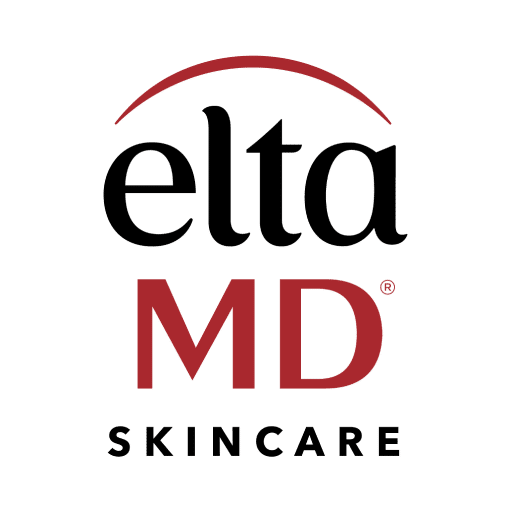Let's answer the headline right off the bat. Are tanning beds safe? Unfortunately no, they're not.
The ultraviolet (UV) rays emitted from tanning machines can increase your risk of several skin cancers—including melanoma, the most deadly type. According to the American Academy of Dermatology (AAD), just one session in a tanning bed can raise your risk for melanoma by 20 percent, basal cell carcinoma by 29 percent, and squamous cell carcinoma by 67 percent.
Indoor tanning can also lead to other health problems, like eye injuries and loss of consciousness. It can even make it harder for the immune system to fight off diseases, adds the U.S. Food and Drug Administration (FDA). And all of that is in addition to the cosmetic impacts: indoors or not, tanning can make your skin age faster, leading to wrinkles and saggy, leathery skin.
So, just like direct sunlight exposure, tanning beds can be problematic. Here's what you should know and how you can use sunless alternatives to still get the glow without the risks.
1. Tanning Bed Rays Can Be As Harmful As Direct Sunlight—Or Worse
Despite what many people may think, tanning beds are not a safer alternative to tanning outdoors. As the Mayo Clinic reports, indoor tanning machines emit UVA radiation, just like sunlight does. These rays penetrate deeper into the skin barrier, and exposure to them can lead to wrinkles and other skin problems. It also raises your cancer risk.
And, because the UV rays emitted by tanning beds don't fluctuate during the day like sunlight does, they may be even more harmful than natural sun, the FDA adds.
2. Tanning Bed Rays Aren't a Good Source of Vitamin D
Although it's true that you can get vitamin D from UV rays, most tanning beds don't have the specific UV type that your body needs to make vitamin D (which is UVB). Even so, the AAD says UV exposure—whether artificially or from the sun—isn't the best way to get vitamin D because of the associated risks.
Instead, aim for a healthy diet: it's the best way to get essential vitamins and nutrients, vitamin D included.
3. A Base Tan Won't Protect You From Future Sun Damage
The myth of the "base tan" is just that—a myth. A trip to the tanning bed at the start of summer can't protect you from UV damage given that it is itself an indication of skin damage. Your complexion darkens because your body has begun producing more melanin as a way to prevent further injury to the skin.
Any amount of time spent tanning or burning, inside or not, poses health risks.
4. Tanning Changes Your Skin's DNA
When your skin is exposed to UV radiation, it can damage the biological building blocks of your body, also known as your DNA. Even though the body will try to fix those damages, some DNA changes to skin cells are irreversible. This can lead to cancer-causing genetic defects or mutations, according to the Skin Cancer Foundation.
5. Extensive Indoor Tanning Can Be Life-Threatening
As the AAD reports, public health experts estimate that nearly 7,000 deaths from melanoma could be prevented if people under 18 had never used a tanning bed. That's probably not surprising, given the links between melanoma and indoor tanning, particularly when people start at a young age. One study of 63 patients who had melanoma before they turned 30 showed that 97 percent of them used tanning beds, reports the Skin Cancer Foundation.
As a cautionary tale, the story of Miss Maryland illustrates those dangers. After tanning four times a week for three years, Brittany Lietz Cicala was diagnosed with stage II melanoma at just 20 years old. Fortunately, she lived to tell her story, but some others haven't been so lucky.
Finding a Safer Alternative
If it's sun-kissed skin you're after, you have options that are safer than tanning. "Tan in a can" self-tanners can be applied directly to the skin and wear off within a few days. Professional sprays are another choice. Just be sure to also apply a broad-spectrum sunscreen with an SPF of 30 or more, as many self-tanning products don't offer built-in sun protection. Or, for the best of both worlds, you can opt for a tinted sunscreen.
Be wary of UV exposure, whether from a tanning bed or that big ball in the sky. Years from now, you and your bright, youthful-looking skin will be glad you did.
